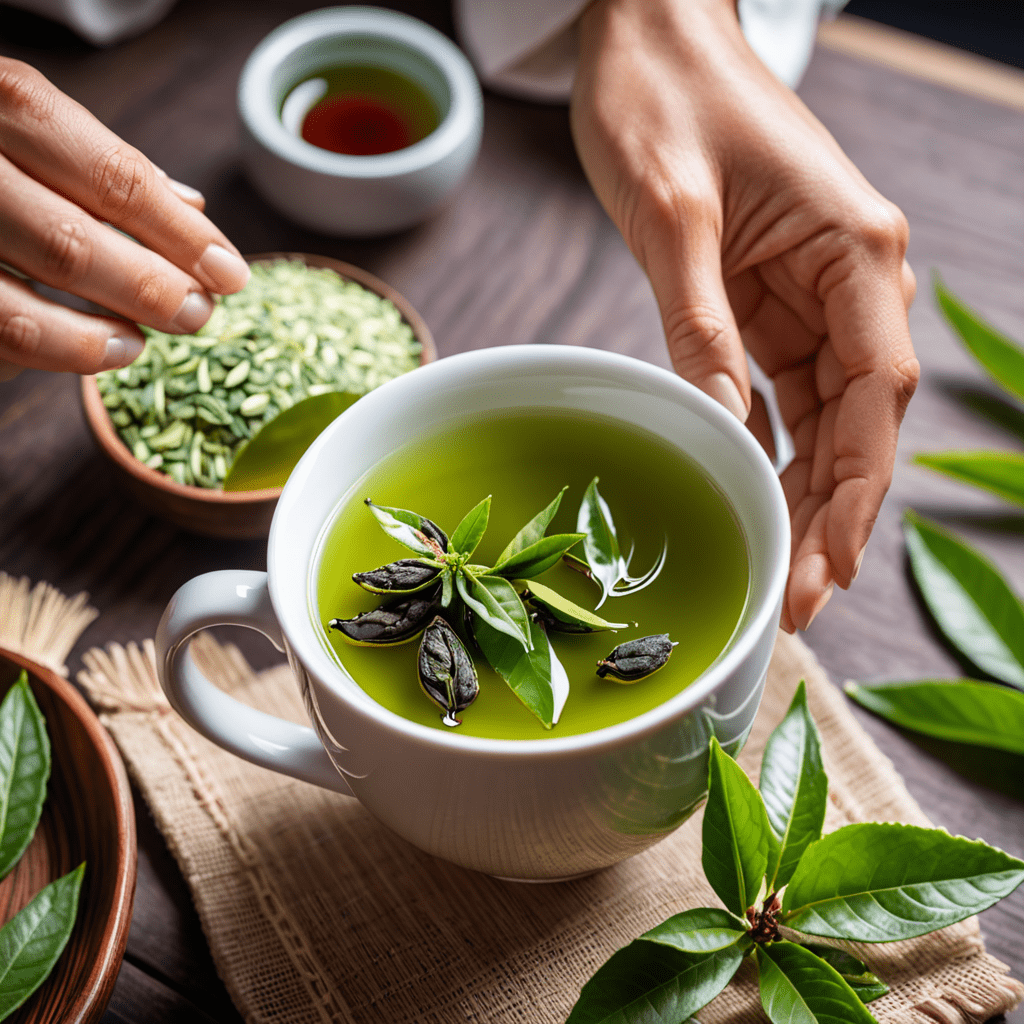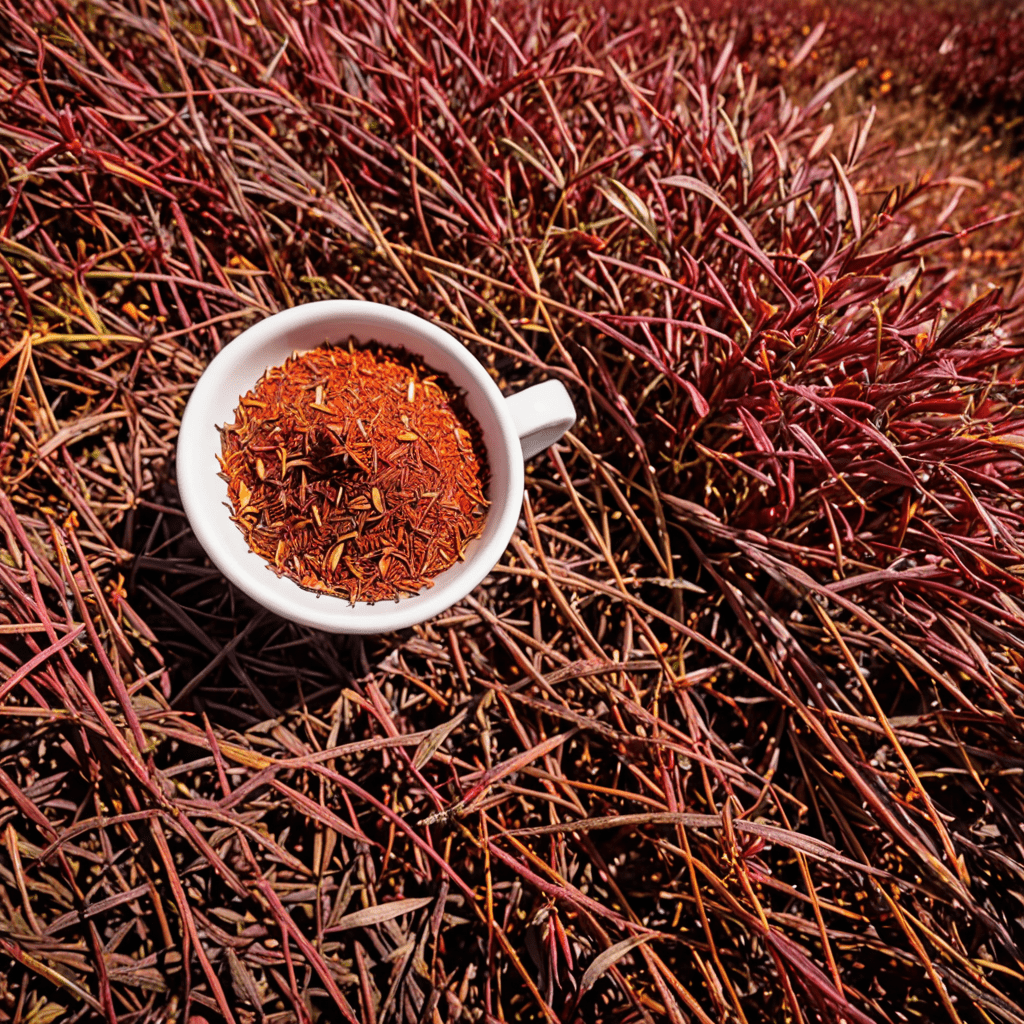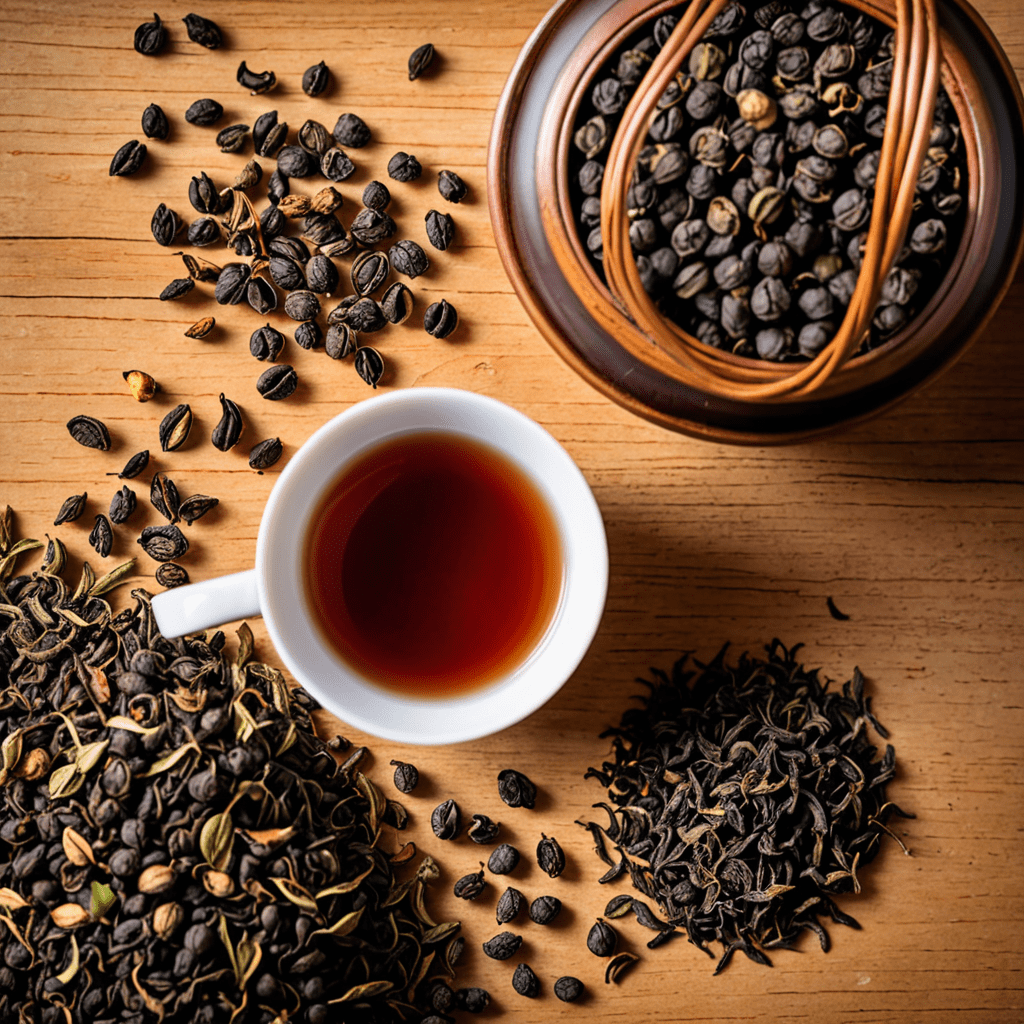
Tea and Hospitality: The Heart of Indian Tea Culture
Introduction:
India, a land steeped in vibrant culture and ancient traditions, boasts a unique relationship with tea. More than just a beverage, tea is deeply woven into the fabric of Indian society, symbolizing hospitality, warmth, and a deep sense of connection. Its journey in India dates back centuries, leaving an indelible mark on the nation's cultural landscape.
Beyond a Beverage:
Tea transcends its role as a mere drink in India. It serves as a catalyst for social interaction, fostering bonds within families and communities. Over steaming cups of chai, conversations flow, relationships are nurtured, and laughter fills the air. Sharing a cup of chai is an act of offering warmth, comfort, and a sense of belonging.
The Art of Chai:
Chai, the quintessential Indian tea, is an exquisite concoction of black tea, milk, sugar, and a medley of aromatic spices. Ginger, cardamom, cinnamon, and cloves dance together in a symphony of flavors, creating a unique and invigorating brew. Each region boasts its own distinct chai variations, reflecting the diversity of the Indian palate.
Chai and Hospitality:
In India, offering chai to guests is an intrinsic part of hospitality. It is a gesture that conveys respect, care, and a genuine desire to connect. The aroma of freshly brewed chai fills homes, welcoming visitors with warmth and inviting them to partake in a shared experience.
More than a Drink:
Chai transcends its physical form, becoming a ritualistic practice in India. The act of brewing, preparing, and savoring a cup of chai holds a meditative quality, offering solace and a moment of respite from the daily grind. Its soothing properties have a calming effect, alleviating stress and fostering a sense of peace.
Regional Variations:
India's diverse landscape is reflected in its myriad chai preparations. Each region boasts its unique blend of spices and flavors, creating a kaleidoscope of chai experiences. In Assam, the birthplace of Indian tea, a robust and malty chai reigns supreme, while in Gujarat, a sweet and milky masala chai takes center stage. Kashmir's kahwa, infused with saffron and almonds, offers a delicate and aromatic experience, while the ginger-infused adrak chai of Punjab warms the soul. The sheer variety of regional chai variations showcases the adaptability and creativity of Indian tea culture.
Chai and Street Culture:
Chai stalls and vendors, ubiquitous across the Indian landscape, serve as vibrant hubs of social interaction. These humble establishments offer a steaming cup of chai, a place to rest, and a platform for lively conversations. From bustling city corners to remote villages, chai stalls act as catalysts for community building, fostering a sense of belonging and shared experiences. The aroma of freshly brewed chai mingles with laughter and chatter, creating an atmosphere of warmth and camaraderie.
Chai and Bollywood:
Chai transcends its role as a beverage, finding its way into the heart of Indian cinema. Bollywood, the country's vibrant film industry, has repeatedly portrayed chai as a symbol of nostalgia, comfort, and connection. In countless movies, characters share cups of chai, sparking conversations, forging bonds, and reminiscing about shared memories. Chai becomes a visual metaphor for the warmth and intimacy that lie at the core of Indian relationships.
The Future of Chai:
The future of chai is as bright and dynamic as the culture it represents. Emerging trends point towards an evolution in chai consumption and innovation. Specialty chai cafes are gaining popularity, offering curated blends and unique brewing methods. Consumers are increasingly seeking out artisanal chai experiences, with a focus on high-quality ingredients and innovative flavors. The future of chai promises exciting possibilities, with a blend of tradition and modern innovation shaping its course.
Conclusion:
Chai, the quintessential Indian beverage, is far more than just a drink. It is a cultural symbol, a catalyst for social interaction, and a source of comfort and warmth. From its humble beginnings to its ever-evolving present, chai remains deeply ingrained in the heart of Indian culture. As the nation continues to embrace chai, its rich history and vibrant traditions will undoubtedly continue to inspire and captivate generations to come.
FAQ
What is the most popular type of chai in India?
Masala chai, a blend of black tea, milk, sugar, and a medley of spices, is the most widely consumed chai in India.
What are the health benefits of chai?
Chai is believed to have several health benefits, including aiding digestion, boosting immunity, and reducing inflammation.
What is the best way to make chai?
There is no one definitive way to make chai, as recipes vary widely across regions and preferences. However, a general guideline involves boiling water, adding tea leaves, milk, sugar, and spices, and simmering for a few minutes.
Where can I find the best chai in India?
Chai stalls and vendors are ubiquitous throughout India, offering a wide variety of chai experiences. From bustling city corners to remote villages, you can find a steaming cup of chai almost anywhere.


